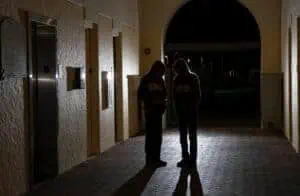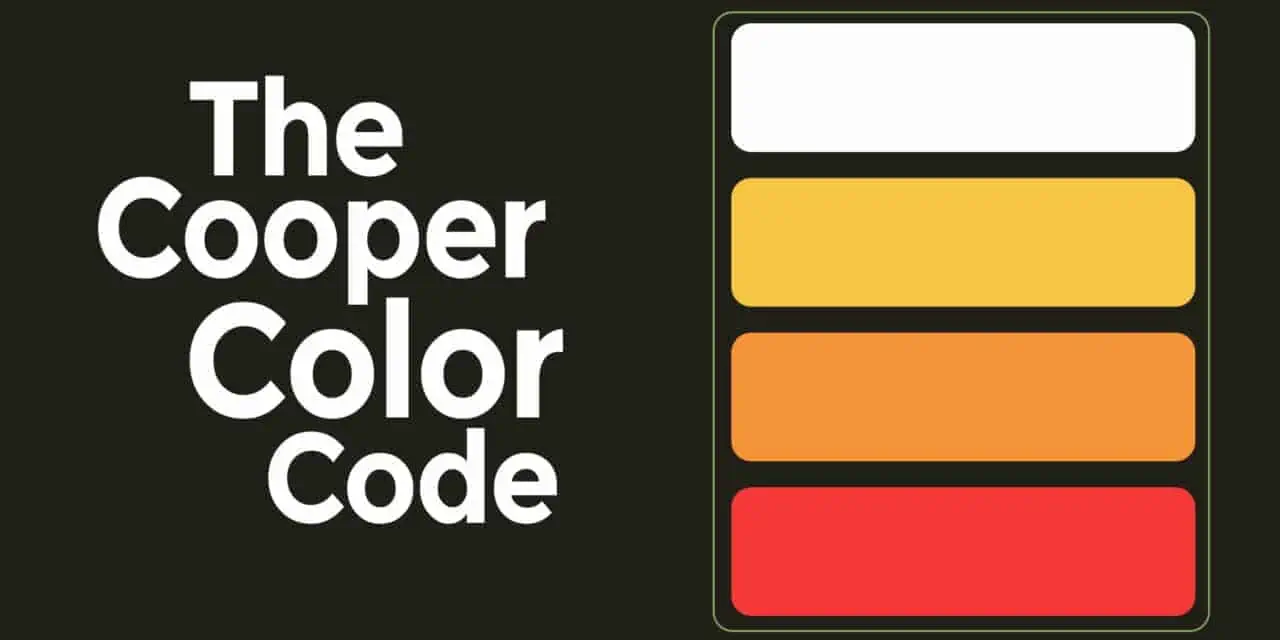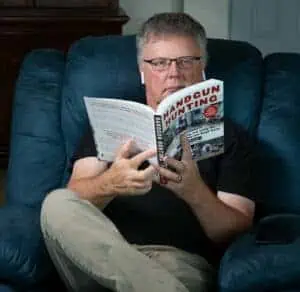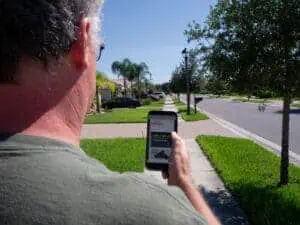Cracking The Cooper Color Code
I’ve managed to acquire a fair amount of defensive firearms training over the years. I’ve taken classes in a diverse range of subjects, from tactical rifle classes in small groups to pistol classes at large training schools. All of those classes have helped me become a better-prepared and better-trained gun owner. Pretty much all of them have one thing in common: they all teach that avoiding a conflict is better than getting into a fight for your life.
Learning how to avoid trouble begins with learning how to recognize trouble before it affects you. This, in turn, begins with understanding how we perceive our environment, and how much of our attention we devote to awareness of our surroundings. That process of learning to pay attention to what we’re paying attention to is behind the Cooper Color Code, created by legendary firearms trainer Col. Jeff Cooper.
What is the Cooper Color Code?
The Cooper Color Code is an essential part of what’s taught at Gunsite. Gunsite is the firearms training school founded by Jeff Cooper, and the code bears his name. Deceptively easy to learn, the code is often quite hard to put into practice. The color code is made of four colors, each describes a state of awareness about what’s going on around us.
Four States of Situational Awareness
White: Relaxed and unaware.
Yellow: Relaxed and alert.
Orange: Specific alert.
Red: Action is required.
The colors describe an escalating awareness of our surroundings. They should, in theory, build on each other. For example, the alertness and awareness we have in a Yellow state of mind allows us to have the awareness to detect a specific problem. Being aware that there might be a problem lets us move up to Orange if one occurs. Let’s go over each of those colors in more detail and see how they might apply to our daily lives.
Condition White
Being in a “Condition White” state of awareness means you are not observing what’s going on around you in any significant way. For instance, if I’m at home with the door locked, listening to music or watching a movie, then I’m in Condition White. My goal in Condition White isn’t to watch out for myself and my loved ones, it’s to relax and enjoy life.
Because it’s the most relaxing and laid-back state of awareness, it’s tempting (very tempting) to live your entire life in this state of awareness. Condition White is our default setting. The other colors in the Cooper Color Code require effort to maintain. White, however, requires us to do nothing but enjoy our surroundings. Living in Condition White means you have no chance to prepare for any danger that’s headed your way. This can be lethal. Living in Condition White is not a problem in and of itself. As we’ll see later, living in Condition White when there is a possibility of danger near you is a big problem.
Condition Yellow
Condition Yellow should be our default setting when out in public. In Condition Yellow, we are aware that something might occur, but there is no specific threat that is noticeable. Your mindset in Condition Yellow should be just like your mindset as you drive your car. In your car, you’re aware of the flow of traffic. You’re looking around to see where the other cars are in relationship to you, and you’re fully aware that something bad might happen, such as someone pulling out in front of you. You have no specific problem to look out for, other than the problems of driving in traffic.
Condition Yellow means taking those same concepts of defensive driving and applying them to our lives outside of our cars. In Condition Yellow, we should be aware of who is around us and what they are doing. This is just like when we’re on the lookout for cars around us as we drive. When we drive, we pay more attention to blind corners, merging traffic, and other possible causes of accidents. In a similar way, we should be on the lookout for any potential sources of trouble around us as we go about our daily lives. In Condition Yellow, we acknowledge that trouble might occur, but nothing specific has come to our attention. Condition Yellow requires more effort to maintain than Condition White. However, simply applying the rules of the road to when you’re not on the road reduces a lot of the mental energy needed to stay aware of our surroundings.
Condition Orange
Ever been in a restaurant and a loud argument suddenly breaks out? Have you been in a bank and someone walks in who seems a bit… off? Ever had a shady character come up to you and ask for directions? That’s Condition Orange. Condition Orange is when there is a specific, identifiable problem on-hand. However, action is not required on your part at this moment.
Condition Orange is our planning stage. Now is when we turn the awareness we had in Condition Yellow into a course of action. This is why living in Condition White our entire lives can be very dangerous. In Condition White, we don’t have enough of an understanding about what’s going on around us to quickly make a plan. The classic example of this awareness is knowing the location of all the exits of any room you might find yourself in. Other examples might mean knowing what is “normal” behavior in your surroundings. One man’s argument, for instance, might be another’s spirited discussion over the news of the day. The bottom line is, if something doesn’t feel right, it probably isn’t. Act accordingly.
Condition Red
Or, welcome to worst-case scenario-land, population: You.
Despite your best efforts, there is now a real, specific threat to you or a loved one, and you need to do something about it. It could be that shady stranger suddenly pulling a knife and demanding your money, or an argument that turns into a fight. Whatever it is, it’s now up to you to put the plan you created in Condition Orange into action, and right quickly.
What that plan will be will vary depending on the situation. For instance, let’s say you’re out on your evening walk. You notice that there are two young men lounging around on your side of the street, trying very hard to act casual. In Condition White, you don’t notice them at all. You’re so wrapped up in your smartphone or something else, you don’t see them. Therefore, when one of them suddenly steps in front of you and demands your wallet, phone, and keys, you’re at their mercy. You have no plan because your attention was elsewhere. Because of this, your options are limited, and most of them depend on the attitude and actions of your attacker. Not a good place to be in.

There’s probably a good reason for them to be there, but it is not your business. Find another route to your destination.
In Condition Yellow, however, you spotted those two men long before they spotted you. Their position and overly-cool attitude caused you to immediately shift to Condition Orange. You recognize that they might be a problem, and you decide to simply cross over to the other side of the street when best to do so.
If those two men suddenly turn their attention to you and cross the street as well, now Condition Red kicks in. You need a plan, and you need it quickly. Is turning to face those two men your best option? Running away? Preparing a defensive weapon? Maybe an option that mixes some of those choices is your best choice. Whatever your plan is, Condition Red is the time to put into action.
Keeping The Cooper Color Code
The Cooper Color Code is a useful tool for helping us live in an increasingly uncertain world. Like all tools, though, it’s only helpful when it’s in use. Learning how to know when it’s okay to relax, (literally) kick off your shoes and live in Condition White, and when you should be paying attention to what you’re paying attention to is an essential element of the concealed carry lifestyle. After all, the easiest fight to win is the one that never happens.




